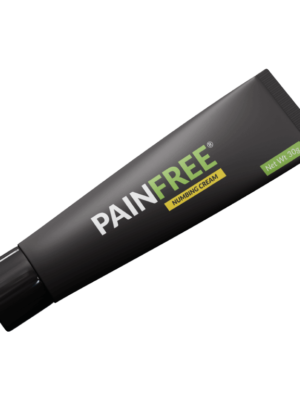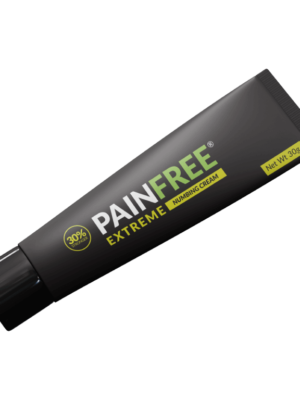Tattoo healing process: one of the most important processes for your tattoo
HOME > Blog
Tattoo healing process: one of the most important processes for your tattoo
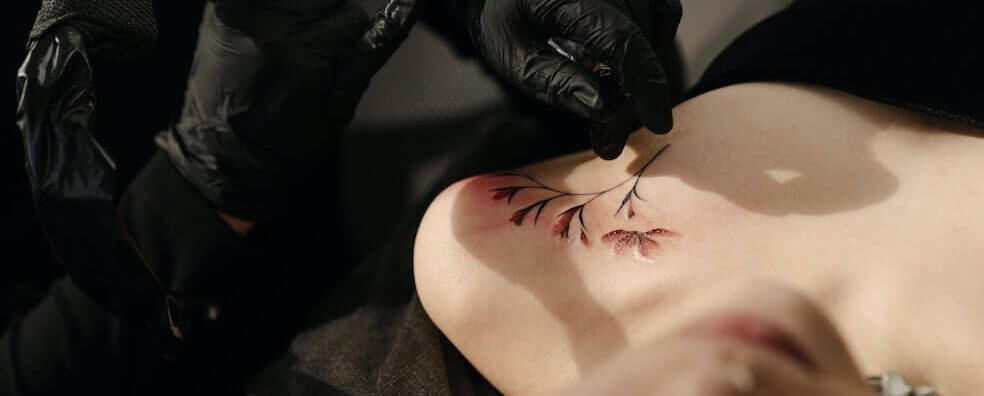
Once you’ve decided to get a new tattoo, you might find yourself getting thoroughly into the tattooing process – and, of course, focusing on how the finished result will look. We understand that, of course. But the important healing process after you get your tattoo is one of the steps in the process that typically gets the least focus. And that’s a shame! Not least because the healing process is important to understand in order to get the best possible result and to be aware and confident of the different phases your body and skin go through after you’ve been tattooed. That’s why we’re giving you our guide to the healing process, which sheds light on your body’s reactions to having a sharp needle with pigment penetrate your skin several thousand times. A nice tattoo can cost a lot of money, and if you don’t take care of it in the time after, it can be damaged.
The different stages of a healing process after tattooing
Many in the tattoo industry divide the healing process into three distinct phases that follow in the wake of any tattoo. Here you can read along and get better at checking for yourself whether the healing process is going exactly as it should. The vast majority of professional tattooists in Denmark will of course also be helpful in explaining to you how you should take care of your tattoo during the healing phases, and how you should pay particular attention to identifying and avoiding inappropriateness.
The three phases of a tattoo healing process are as follows:
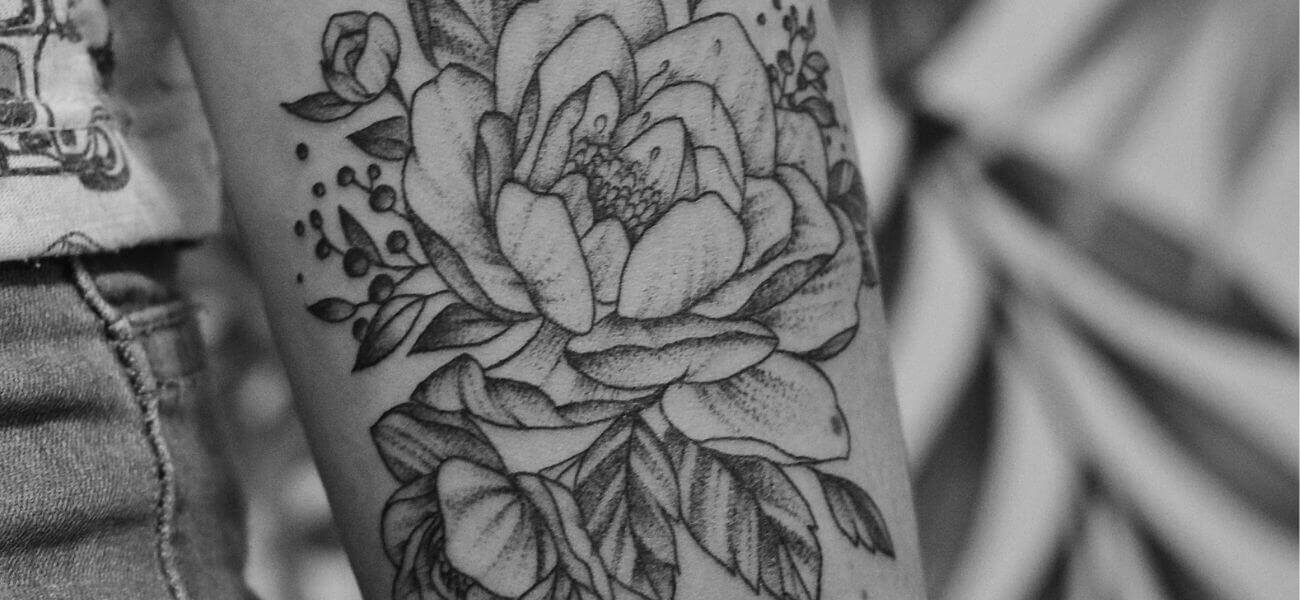
The first three days: the inflammation phase
Inflammation means inflammation, and it’s quite normal for your skin around your tattoo to be swollen, very sore and red for the first 72 hours after you’ve been tattooed. You may also bleed a little (possibly blood with a little ink) during this initial healing process. And it is again quite normal. It may sound a bit harsh – but your body is also geared up to be on standby for healing, and therefore the improvement will be very noticeable from day to day. If you do not experience significant daily improvement, you should contact your tattooist and/or doctor. However, it is only in extremely rare cases that it does not run exactly as it should.
It’s important to give your skin time to heal. That’s why it’s a good idea not to exercise right after you’ve been tattooed. Take special care with exercise that stretches and wears the skin.
Within the first two weeks: visible improvement
During the first two weeks, the top layer of skin will begin to heal. It will peel, and there will be scabs – and it will probably itch a lot. In fact, what happens is comparable to when you’ve got a severe sunburn. Of course, it’s essential that you don’t scratch, pill or otherwise remove the healing scabs that are the body’s own protective layer. This would prolong the healing process and, in the worst case, cause further damage to the skin.

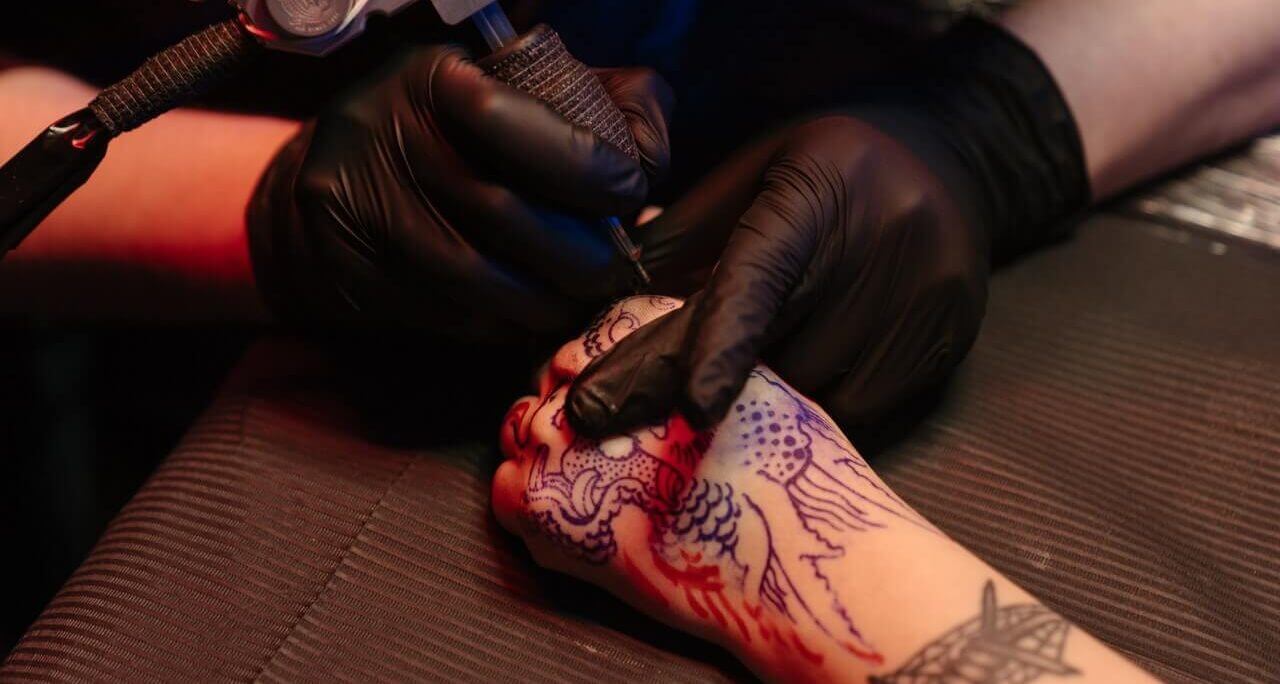
From the first two weeks to 30 days: Healing continues in secret
As a rule of thumb, a full healing process for a tattoo takes about a month. After the first two phases described in the sections above, a new phase begins where you can’t see much change – other than the tattoo going from a little dark to closer to the final look. After exactly one month, the tattoo should have taken its final shape, while the healing process under the skin actually continues for up to six months. It is worth noting that tattoos made under the heart heal more slowly than those placed over the heart. A tattoo on the calf will therefore heal more slowly than one on the shoulder.
Give your body what it needs after getting a tattoo
For the first while, your tattoo will typically be tightly bound to prevent bacteria from getting near the exposed skin. After removing the bandage and following the instructions of your tattoo artist, it may be a good idea to add vitamins and moisture to the skin. For example, you can use our pantothenol cream, which is perfect for tattoo aftercare.
This gives your skin the very best conditions to heal properly – which ultimately improves your chances of getting the very best looking tattoo that also lasts well for longer. You can read much more about our cream for congested skin by following the link to our product page.

